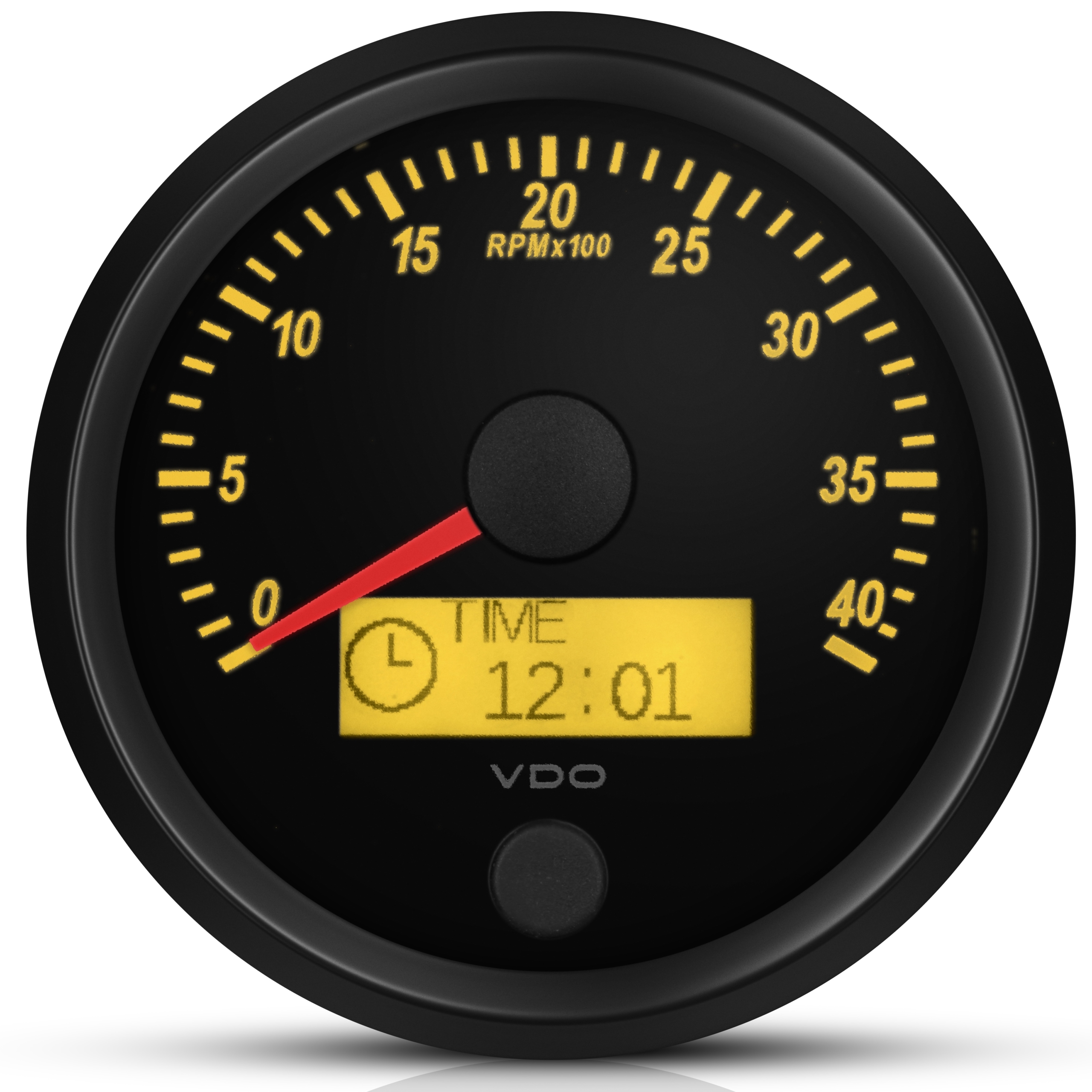Tachometer Fundamentals: Everything You Need to Know for Accurate Readings
Tachometer Fundamentals: Everything You Need to Know for Accurate Readings
Blog Article
Unlocking the Keys of Tachometers: Everything You Need to Understand About This Important Tool in Your Car
Recognizing the complexities of tachometers can offer beneficial insights into your vehicle's efficiency and maintenance requirements. From determining engine rate to figuring out the information it presents, tachometers serve as an essential device for automobile proprietors and lovers alike. By unwinding the mysteries behind this important tool, you can unlock a wealth of info that can boost your driving experience and make certain the longevity of your automobile.
Relevance of Tachometers
The relevance of tachometers depends on their capacity to supply vital real-time data concerning an engine's rotational rate, permitting precise monitoring and upkeep of equipment. By gauging the changes per min (RPM) of an engine's crankshaft, tachometers offer important insights right into the engine's efficiency - tachometer. This data is vital for making certain that the engine runs within its optimal array, staying clear of potential damages from over-revving or underperforming
Tachometers play an essential function in helping operators and service technicians identify any type of anomalies in the engine's rate, which might indicate concerns such as gas ineffectiveness, mechanical troubles, or excessive stress on the engine. By immediately recognizing these concerns via tachometer readings, maintenance can be done proactively, preventing pricey repair work and downtime in the future.
Additionally, tachometers are especially vital in high-performance vehicles and equipment, where specific control over engine rate is needed for ideal procedure. Competing cars, airplane, and commercial tools rely upon tachometers to supply peak efficiency while preserving safety requirements. Essentially, tachometers are not just instruments for determining speed however important devices for guaranteeing the smooth and efficient procedure of engines throughout various applications.
Just How Tachometers Step Engine Speed
Utilizing sensing units that discover the regularity of electric pulses generated by the engine's ignition system, tachometers precisely measure the rotational rate of an engine. By monitoring the price at which these pulses are received, tachometers supply real-time feedback on how quick the engine's crankshaft is rotating per minute, typically described as changes per min (RPM)
The tachometer's sensor, often linked to the engine's ignition coil or ignition system wires, grabs the electrical signals created each time a cylinder fires. These signals are after that converted right into RPM readings displayed on the scale or tool collection within the motorist's sight. Tachometers can be analog or digital, with contemporary automobiles frequently featuring electronic her response display screens for accurate and rapid RPM analyses.
This info is important for motorists to understand the engine's efficiency, protect against over-revving, optimize gear moving, and make certain efficient gas intake. By properly measuring engine speed, tachometers play a crucial function in assisting motorists run their cars securely and efficiently.
Interpreting Tachometer Readings
Having a clear understanding of how tachometers measure engine speed sets the structure for successfully analyzing the RPM readings presented. Interpreting tachometer readings is crucial for optimal automobile efficiency and engine health and wellness. RPM (Revolutions Per Min) analyses on the tachometer suggest the speed at which the engine's crankshaft is rotating. When the engine is idling, the tachometer needle typically relaxes around 600-1000 RPM, depending on the vehicle. As you speed up, the RPM will certainly boost, showing the engine's greater rotational rate. When shifting equipments in a manual transmission vehicle, the RPM will drop as you involve the clutch and modification equipments, click here now then increase once again as you speed up in the brand-new equipment. Monitoring the tachometer can help you identify one of the most reliable moving indicate optimize gas economic situation and engine power. Furthermore, abnormal variations or constantly high RPM readings can suggest possible concerns with the engine that may call for expert focus. By taking notice of the tachometer readings and understanding how to analyze them, you can guarantee your vehicle runs smoothly and efficiently.


Tips for Utilizing Tachometers Successfully
To boost driving efficiency and maximize engine efficiency, what secret approaches can be implemented for successfully making use of tachometers? Tachometers are more helpful hints essential tools that offer real-time feedback on engine speed, allowing drivers to make educated choices for much better efficiency - tachometer. Here are some pointers for utilizing tachometers effectively:
Comprehending Ideal RPM Variety: Acquaint yourself with the ideal RPM (Revolutions Per Min) array for your automobile. Maintaining the engine within this variety can improve fuel performance and prolong the engine's life-span.
Moving Equipments at the Right Time: Use the tachometer to determine the most effective time to change gears. Upshifting prematurely or as well late can cause reduced effectiveness and efficiency. Goal to shift equipments when the RPM reaches the ideal range for the following equipment.
Monitoring Engine Stress And Anxiety: High RPMs for long term periods can strain the engine. Watch on the tachometer to avoid over-revving, especially throughout velocity or when bring heavy tons.
Tachometers and Automobile Maintenance
When thinking about vehicle upkeep, tachometers play a vital duty in monitoring engine performance and identifying potential issues. Tachometers offer important information on engine speed, enabling drivers and mechanics to make certain that the engine is running within the recommended RPM range.
In addition to identifying potential problems, tachometers can additionally help in optimizing fuel effectiveness. By keeping the engine rate within the ideal array, chauffeurs can boost their gas mileage and decrease gas intake. This not just profits the chauffeur's budget but additionally adds to ecological conservation by reducing damaging exhausts.
Final Thought

Report this page